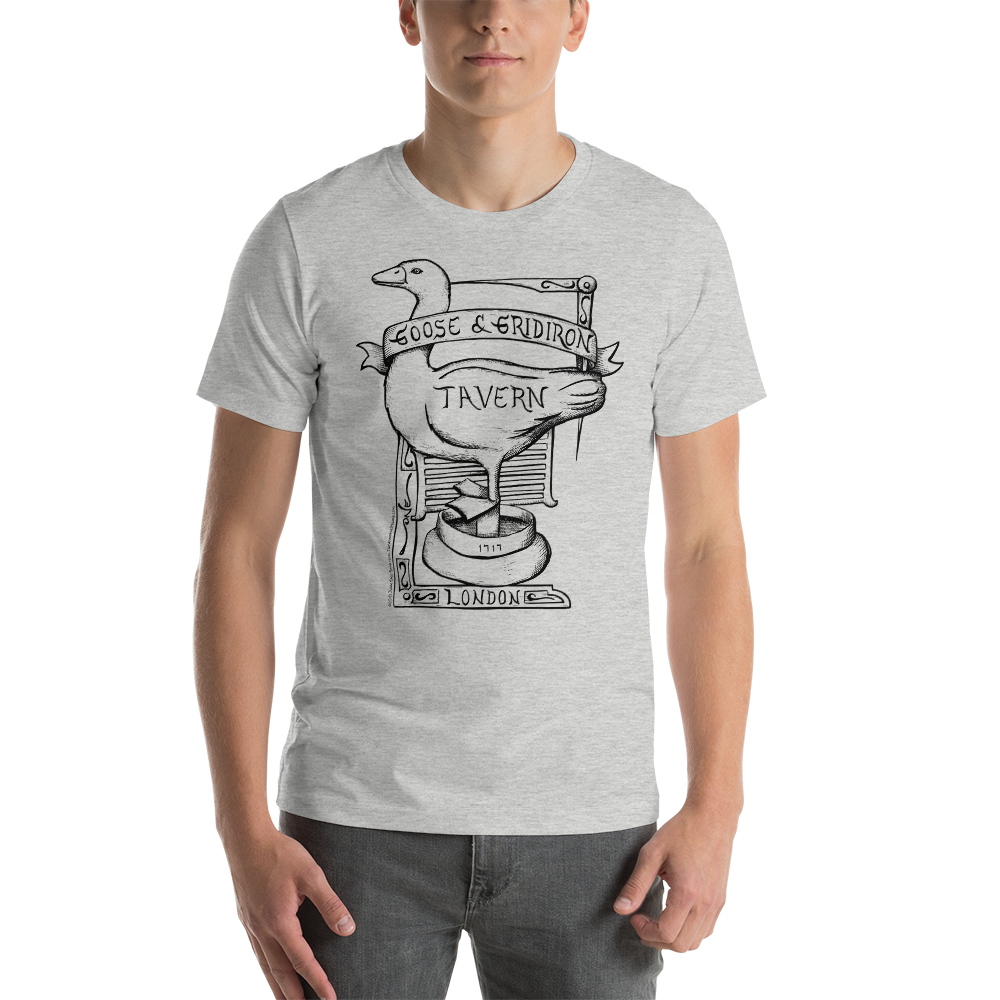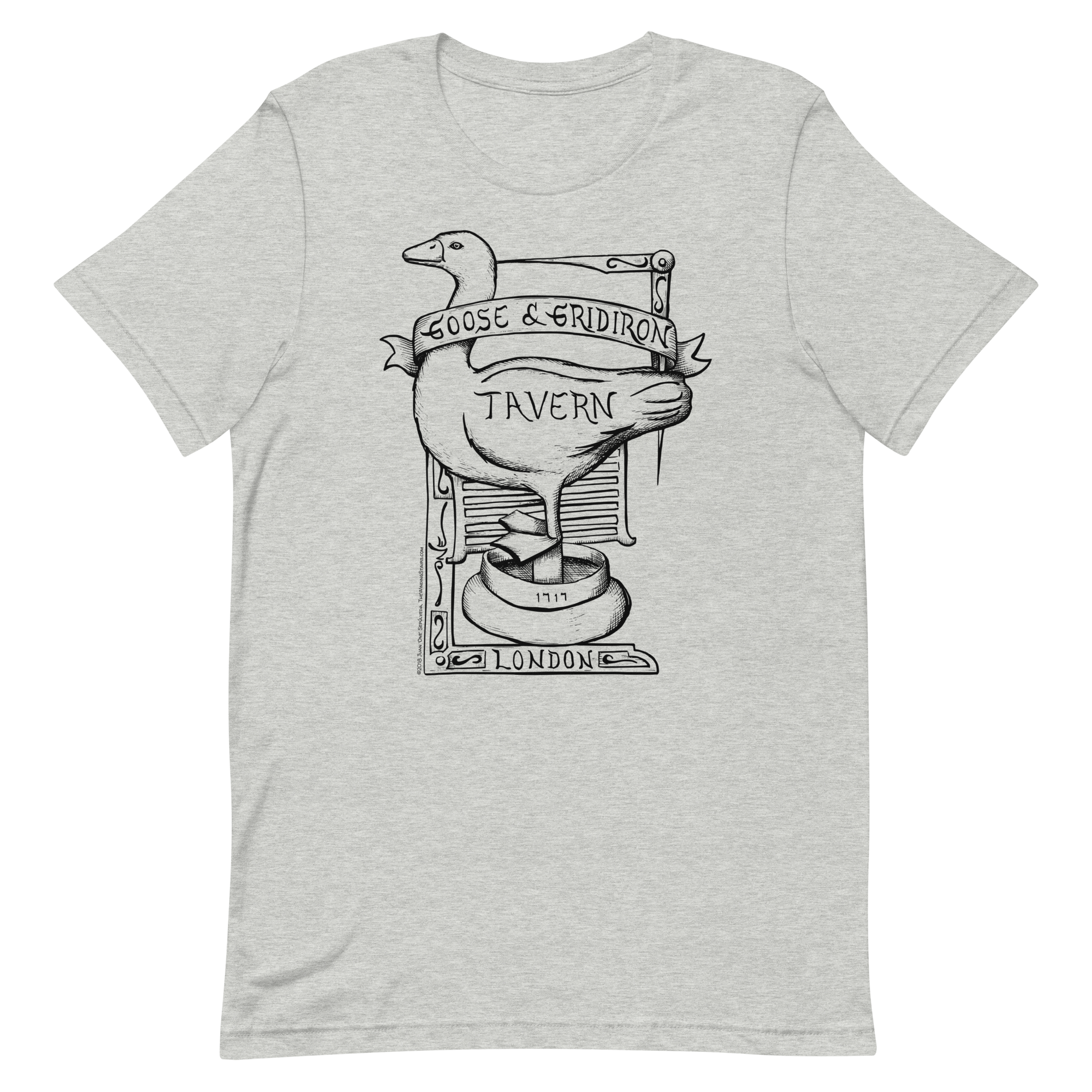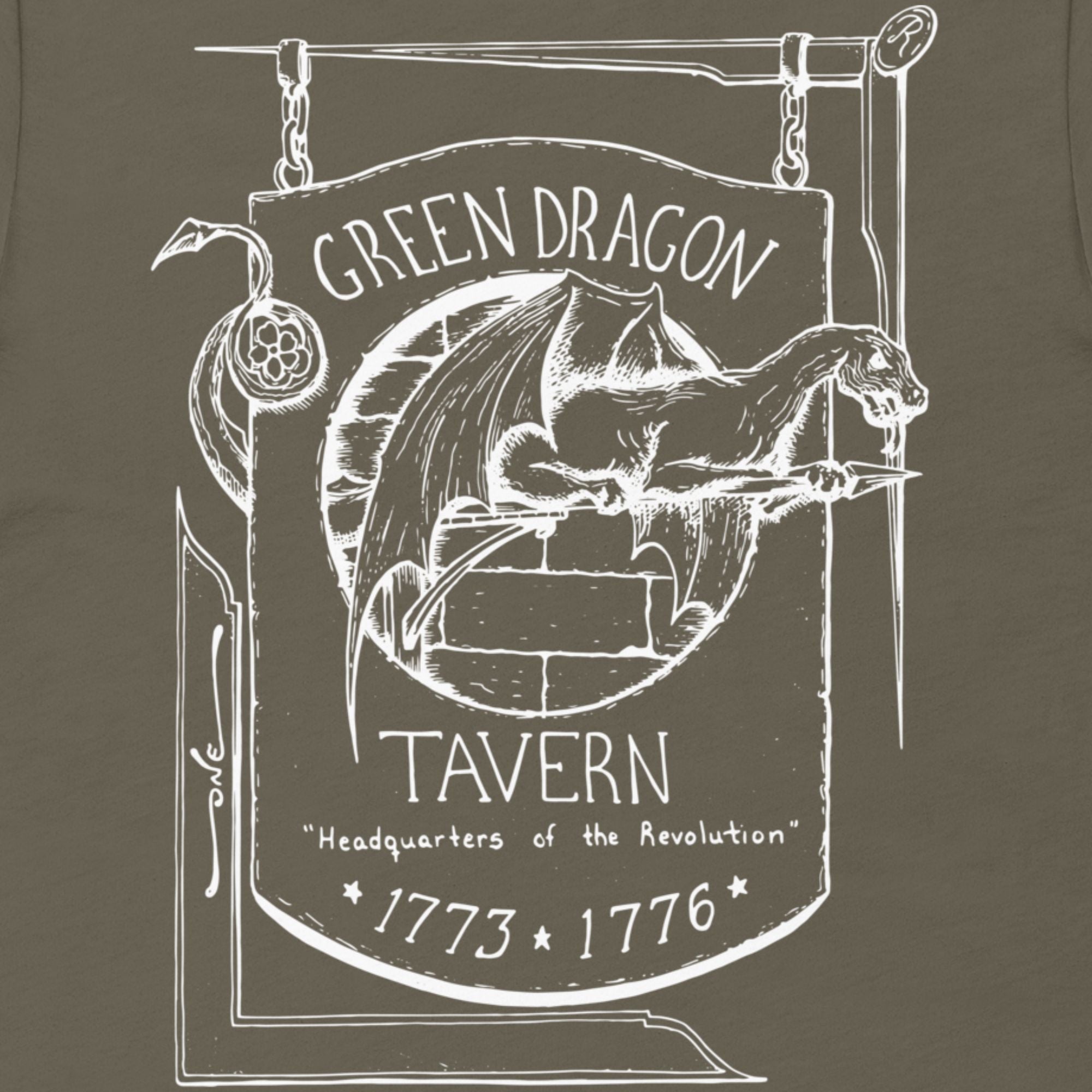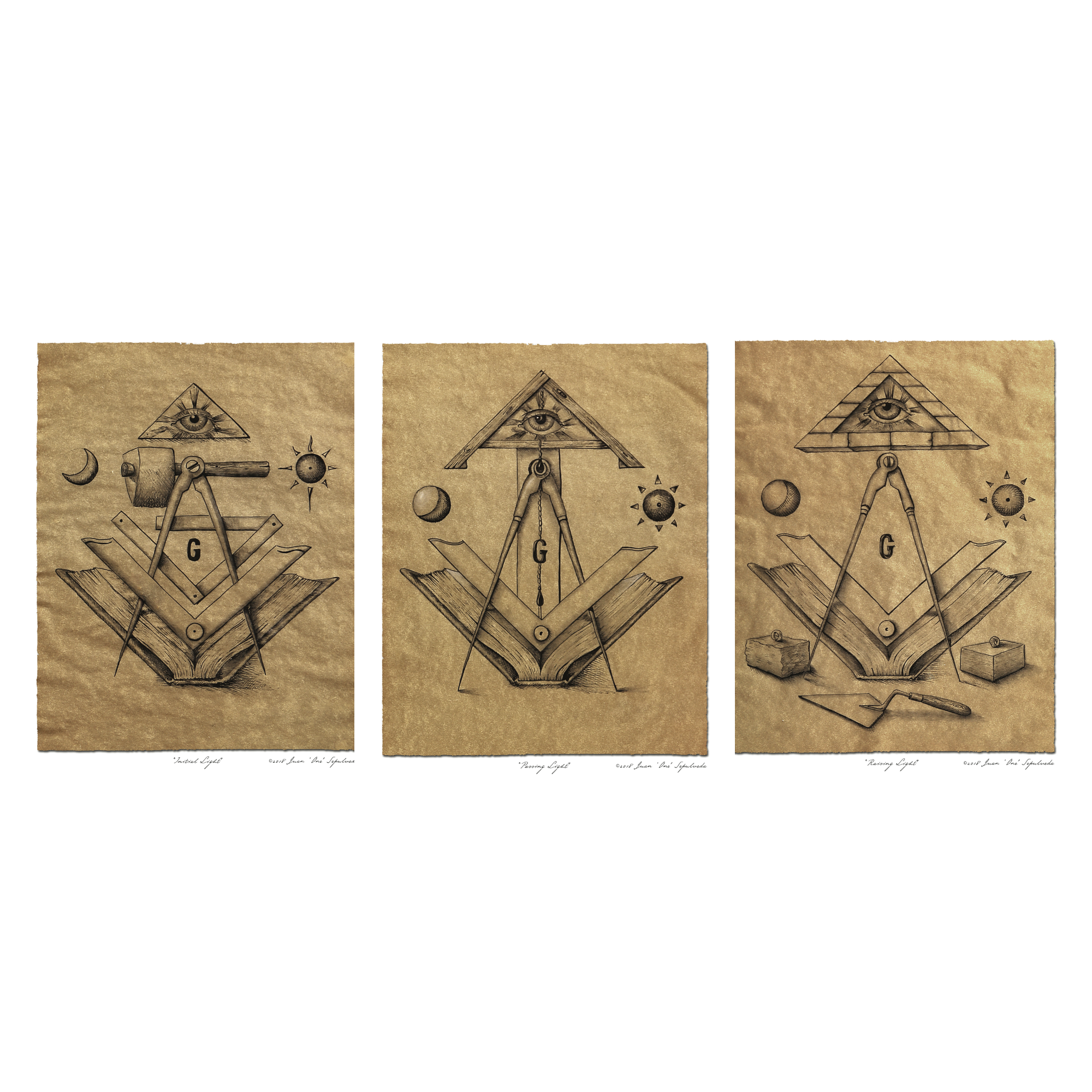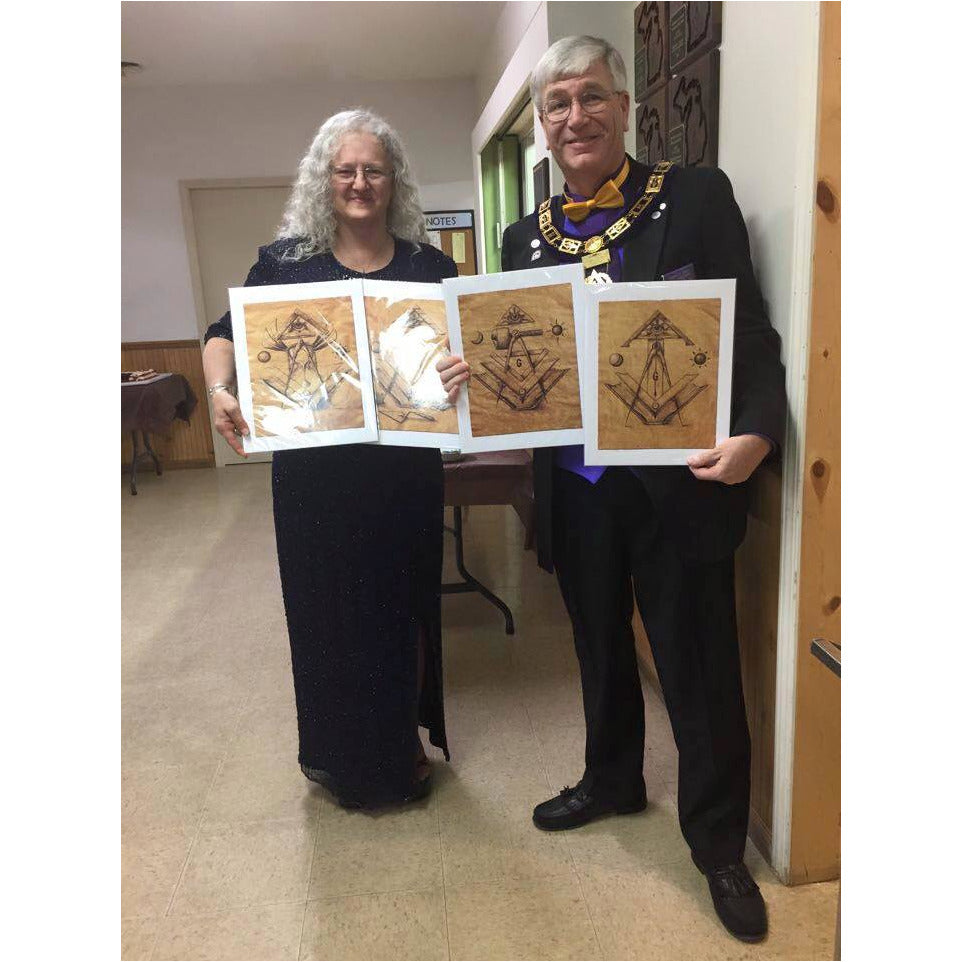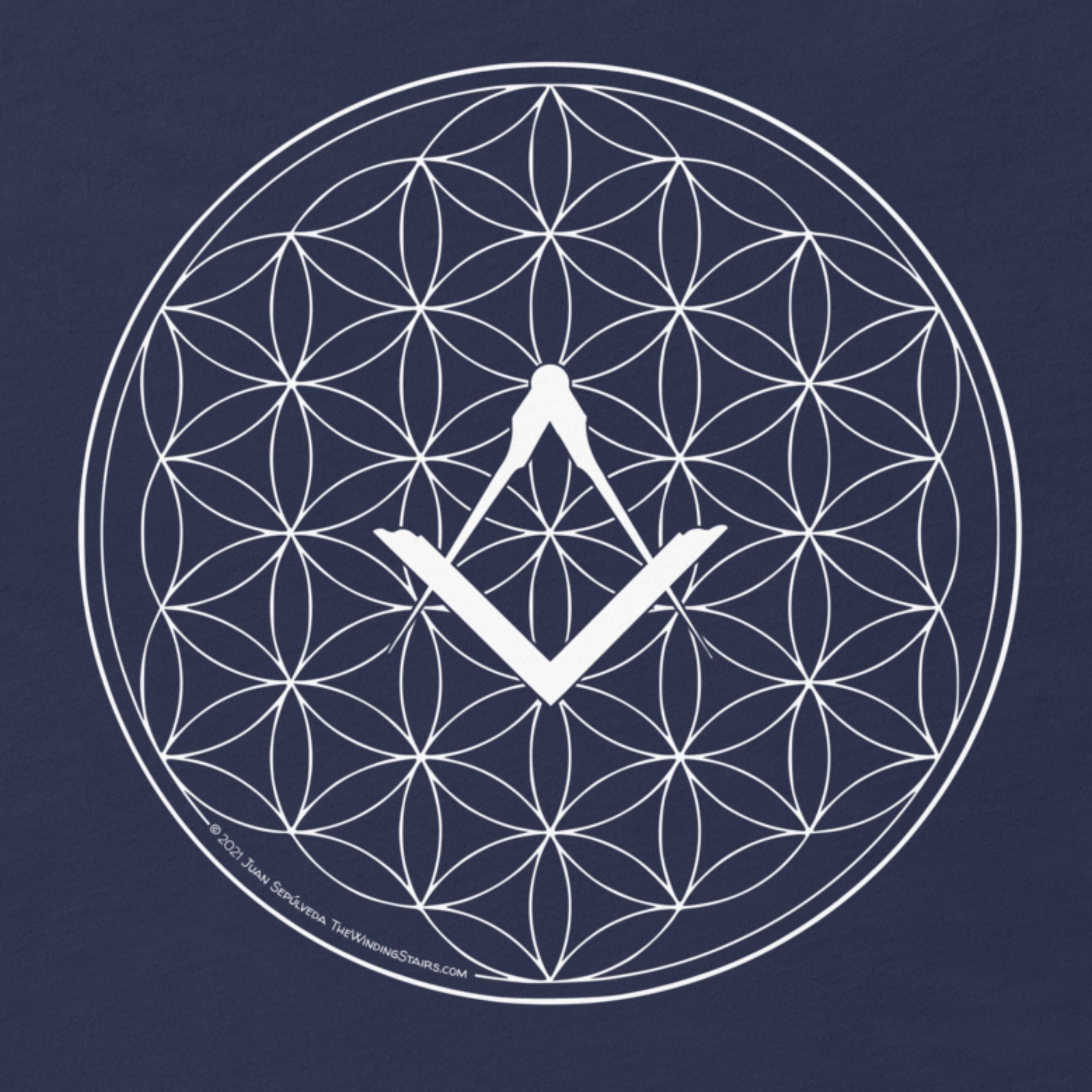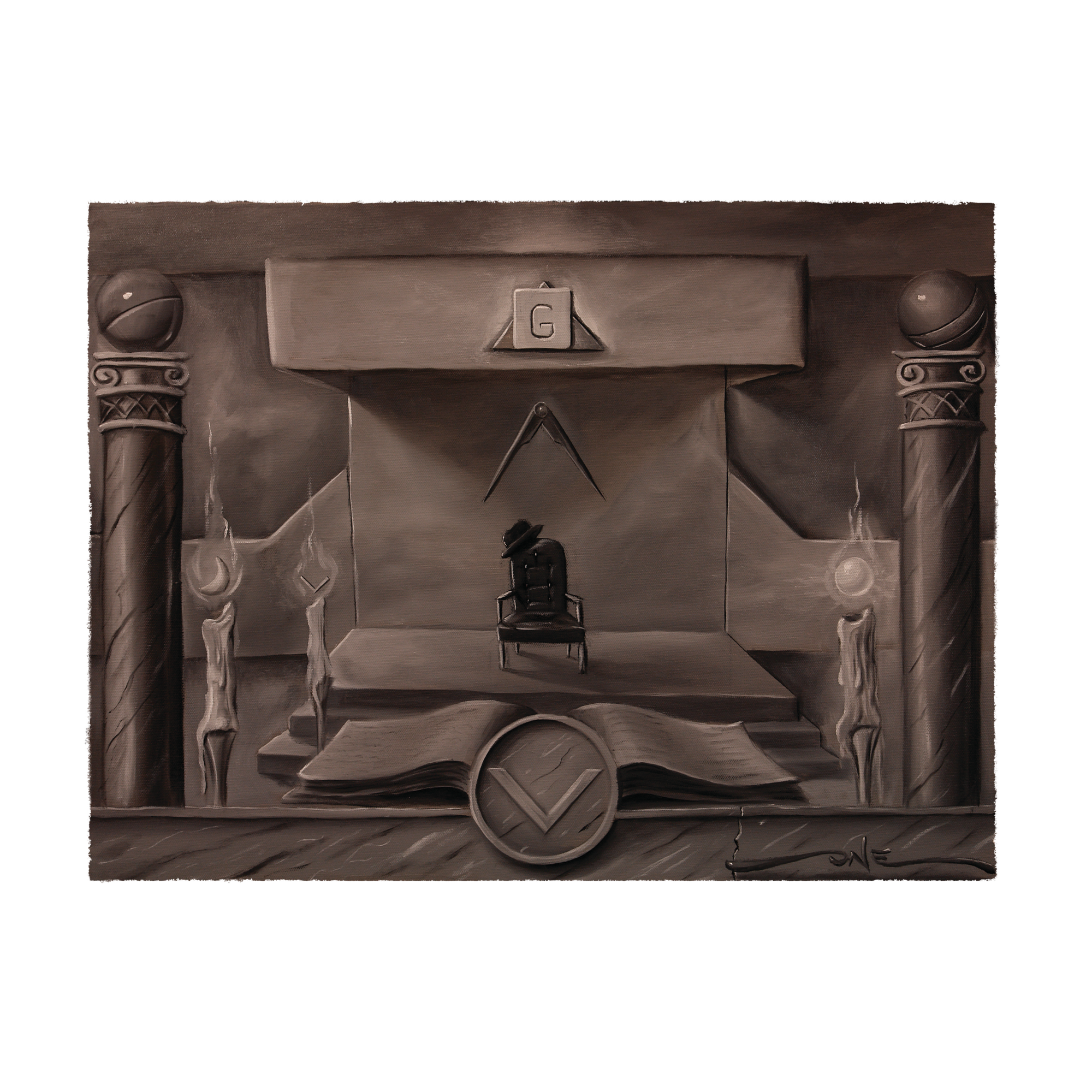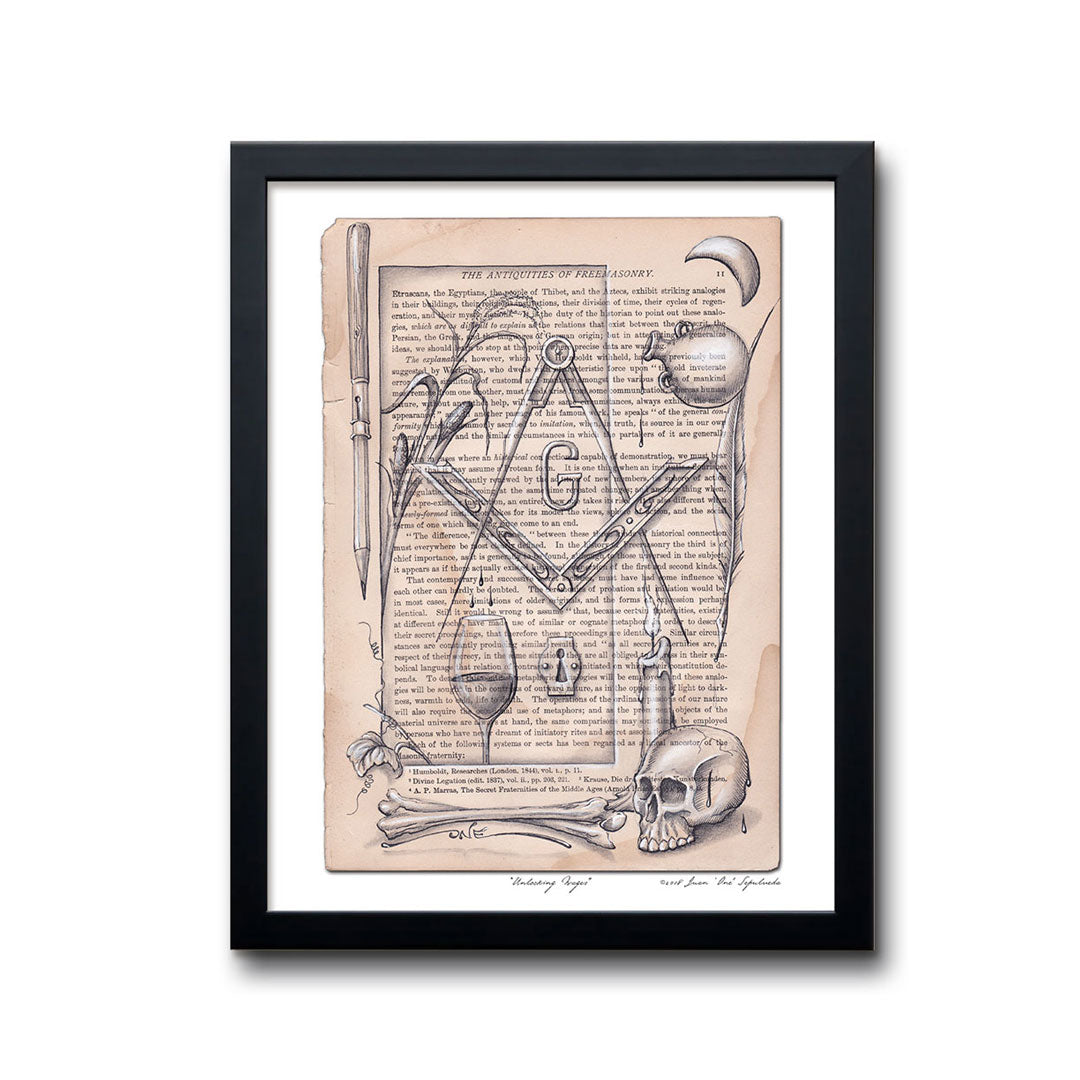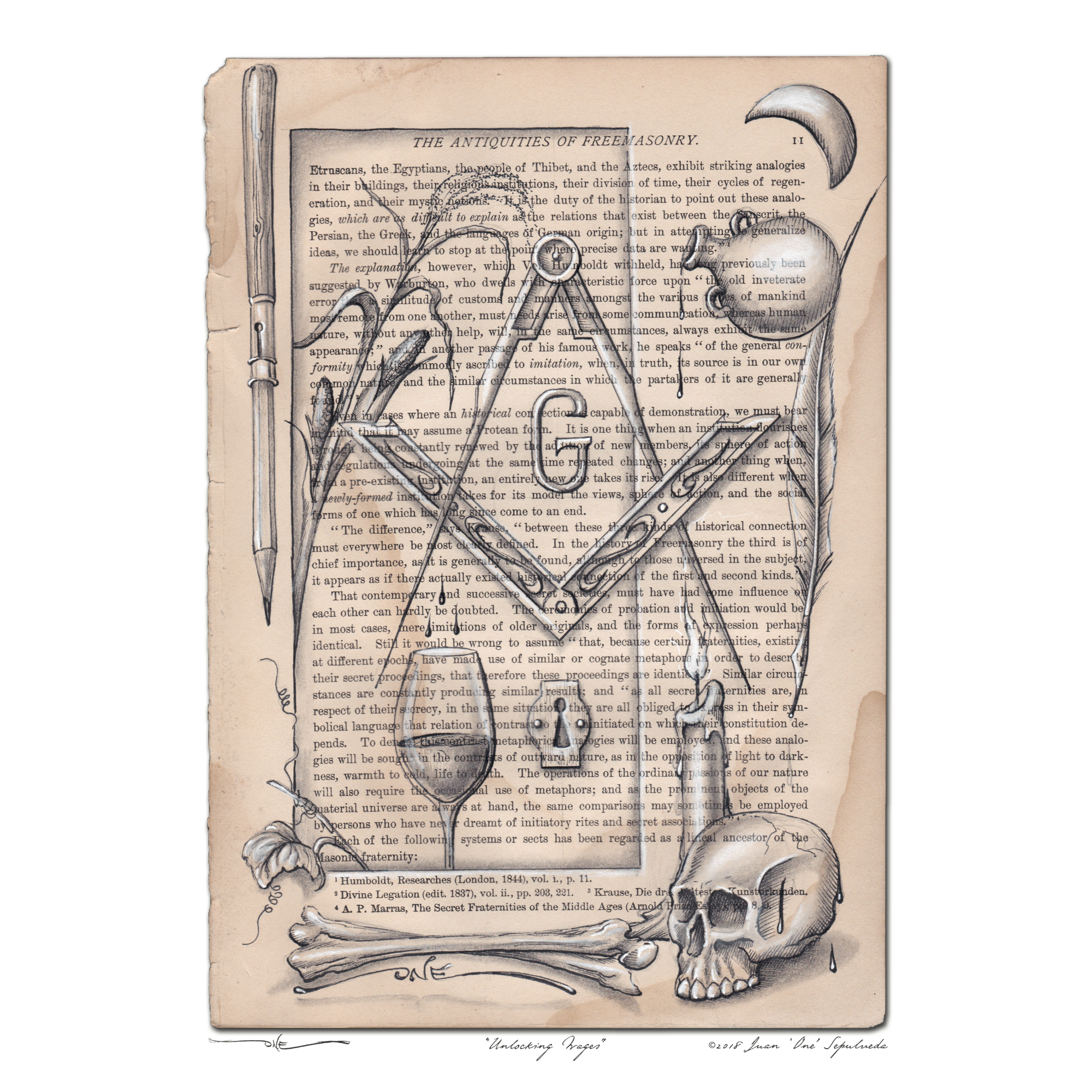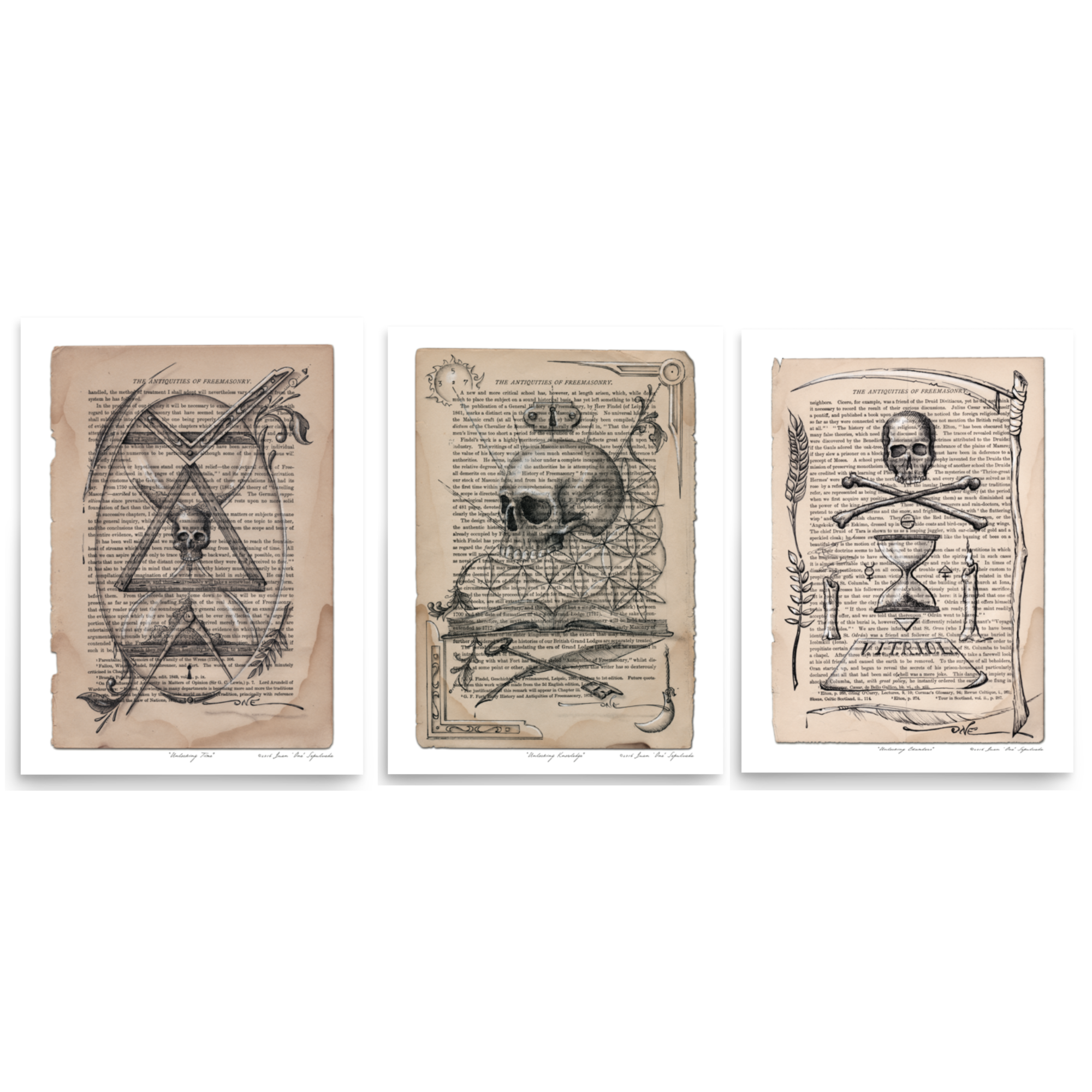Happy Equinoxium = Equality of Night
Vernal Equinox: Spring's Equality of Night
The Winding Stairs: Astronomy Step
 Vernal Equinox is the day when the light of day and dark of night last approximately 12 hours each. Bringing an equality of light and dark to our day.
Vernal Equinox is the day when the light of day and dark of night last approximately 12 hours each. Bringing an equality of light and dark to our day.Today is March 20th, 2013 A.D. 6013 A.L. and it marks the Vernal Equinox. In our effort to increase our knowledge of Astronomy, as suggested through the Winding Stairs lecture, we observe today’s celestial occurrence of the equality of night and day. In the Northern Hemisphere we know this day by its popular title of Vernal Equinox, which means Spring’s Equality of Night (Autumn Equinox for our friends Down Under).
 Etymonline.com is a great source for finding information about many words in the English language and their origin.
Etymonline.com is a great source for finding information about many words in the English language and their origin.vernal (adj.) ![]() "pertaining to spring," 1530s, from Latin vernalis "of the spring," from vernus "of spring," from ver "spring," from PIE *wesr-"spring" (cf. Old Norse var "spring," Greek ear, Sanskrit vasantah, Persian bahar, Old Church Slavonic vesna "spring," Lithuanianvasara "summer").
"pertaining to spring," 1530s, from Latin vernalis "of the spring," from vernus "of spring," from ver "spring," from PIE *wesr-"spring" (cf. Old Norse var "spring," Greek ear, Sanskrit vasantah, Persian bahar, Old Church Slavonic vesna "spring," Lithuanianvasara "summer").
equinox (n.) ![]() late 14c., from Old French equinoce (12c.) or directly from Medieval Latin equinoxium "equality of night (and day)," from Latinaequinoctium "the equinoxes," from aequus "equal" (see equal (adj.)) + nox (genitive noctis) "night" (see night). The Old English translation was efnniht. Related: Equinoctial.
late 14c., from Old French equinoce (12c.) or directly from Medieval Latin equinoxium "equality of night (and day)," from Latinaequinoctium "the equinoxes," from aequus "equal" (see equal (adj.)) + nox (genitive noctis) "night" (see night). The Old English translation was efnniht. Related: Equinoctial.
Source: http://www.etymonline.com/index.php
This means that today, the sun will shine its rays for the same amount of time as the night is long.


